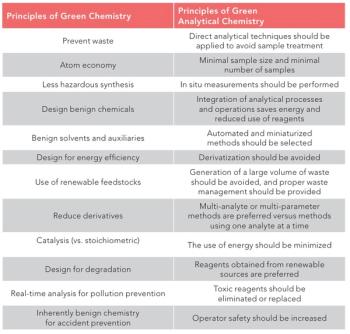
Agilent Technologies to Acquire Seahorse Bioscience
Agilent Technologies Inc. (Santa Clara, California) and Seahorse Bioscience (Billerica, Massachusetts) have signed a definitive agreement under which Agilent will acquire Seahorse Bioscience, a provider of instruments and assay kits for measuring cell metabolism and bioenergetics.
Agilent Technologies Inc. (Santa Clara, California) and Seahorse Bioscience (Billerica, Massachusetts) have signed a definitive agreement under which Agilent will acquire Seahorse Bioscience, a provider of instruments and assay kits for measuring cell metabolism and bioenergetics.
Seahorse Bioscience’s technology enables researchers to better understand cell health, function, and signaling, and how the cell may be impacted by the introduction of a specific drug, by providing real-time kinetics to unlock essential bioenergetics data.
Scientists use Seahorse Bioscience’s proprietary XF Technology to research the roll of cell metabolism in neurodegeneration, aging, cancer, cardiovascular disease cell physiology, toxicology, and hepatobiology, immunology, infectious diseases, mitochondrial diseases, model organisms, obesity, diabetes, metabolic disorders, screening, and translational medicine.
Newsletter
Join the global community of analytical scientists who trust LCGC for insights on the latest techniques, trends, and expert solutions in chromatography.




